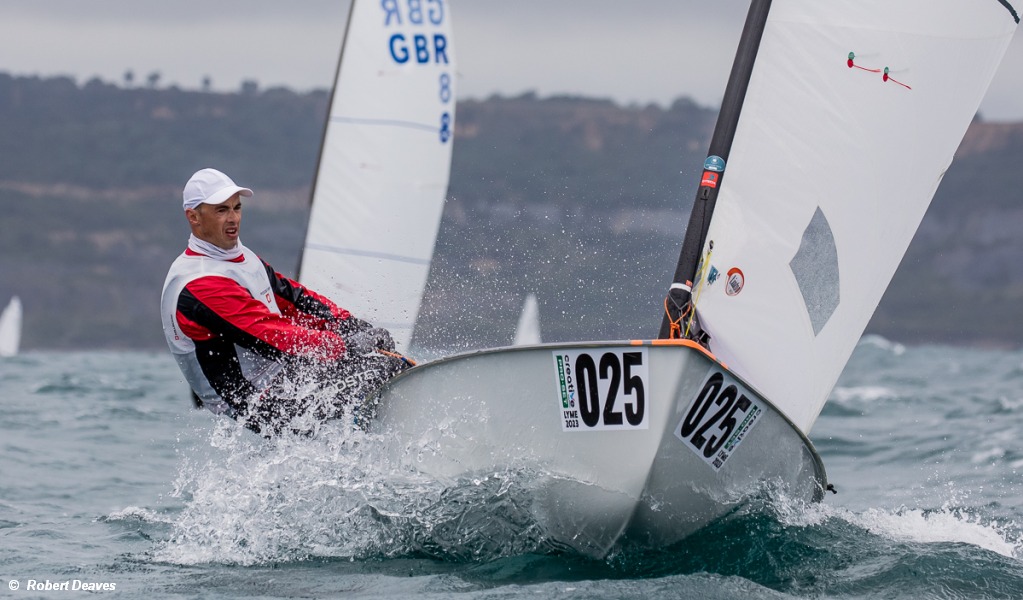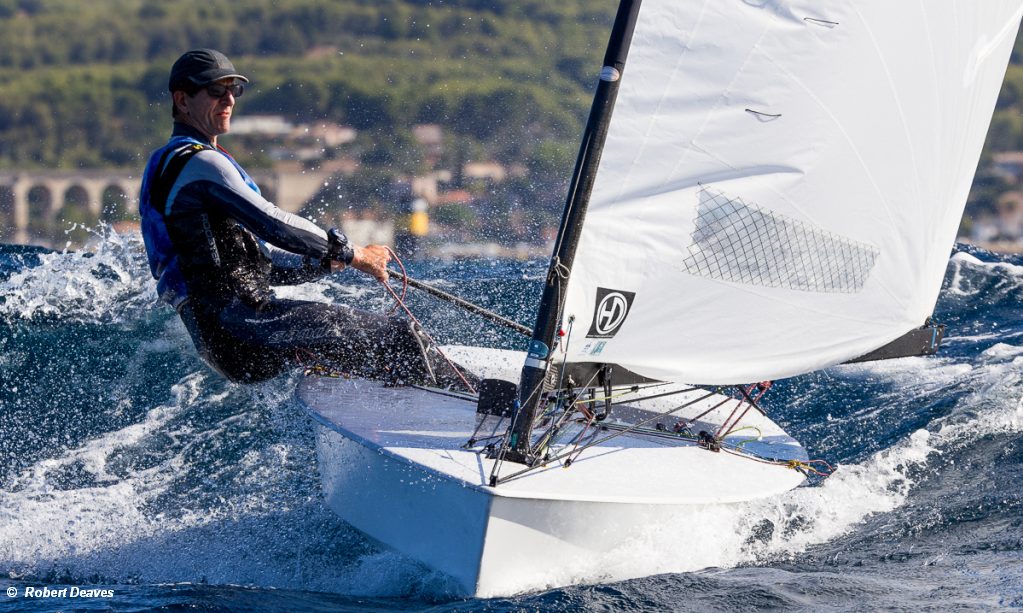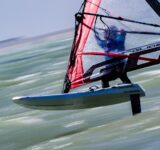The biggest OK Dinghy world championship to ever be held in Australia starts in Brisbane in just over a week’s time.
The Tan Lines Distilling 2024 OK Dinghy World Championship is being hosted by the Royal Queensland Yacht Squadron, with the racing taking place on Waterloo Bay from 24 February to 3 March.
The Worlds are preceded by the Australian National Championship, which runs from Monday 19 to 21 February.
However, with the European boats still to be delivered it might be tempting fate to make this bold statement. While the majority of the fleet will be taken by Australian and New Zealand boats, there are 18 Europeans taking part.

Two containers from New Zealand have already arrived.
The two from Europe were diverted and then delayed but will hopefully be there just in time. The Scandinavian container arrived in Brisbane on Wednesday. The British container was stuck in Sydney for a while and is due Brisbane any day now.
Notwithstanding any potential disruption, with 110 entries from seven nations, it is the largest entry by some way for an OK Dinghy World Championship in Australia.
This championship will also mark the fifth time in a row that the OK Dinghy world championship has attracted more than 100 boats.
Overall, the class continues to see an upward trend and with the 2025 World Championship heading to Garda for the first time, many are predicting 200 boats on the lake.

The last European winner down under was Nick Craig in 2006, when he won the second of his five world titles.
Having already won more OK Dinghy world titles than anyone else, he is still hungry for more, and will be among the favourites in Brisbane.
The small British contingent also includes last year’s Spring Cup winner, Andy Davis as well as Chris Turner and Simon Davis.
There are 86 entries for the Australian National championship. This runs over three days from 19-21 February, followed by three days of equipment inspection and registration for the world championship.
Racing gets underway hosted by the Royal Queensland Yacht Squadron on 26 February with a series of 10 races scheduled to, and including 2 March. A lay day is planned on 29 February, assuming at least four races have been completed by then.







